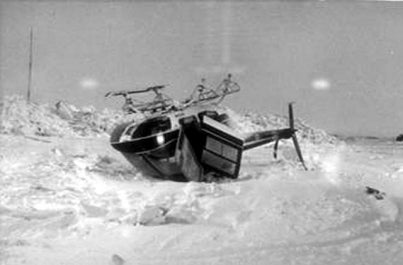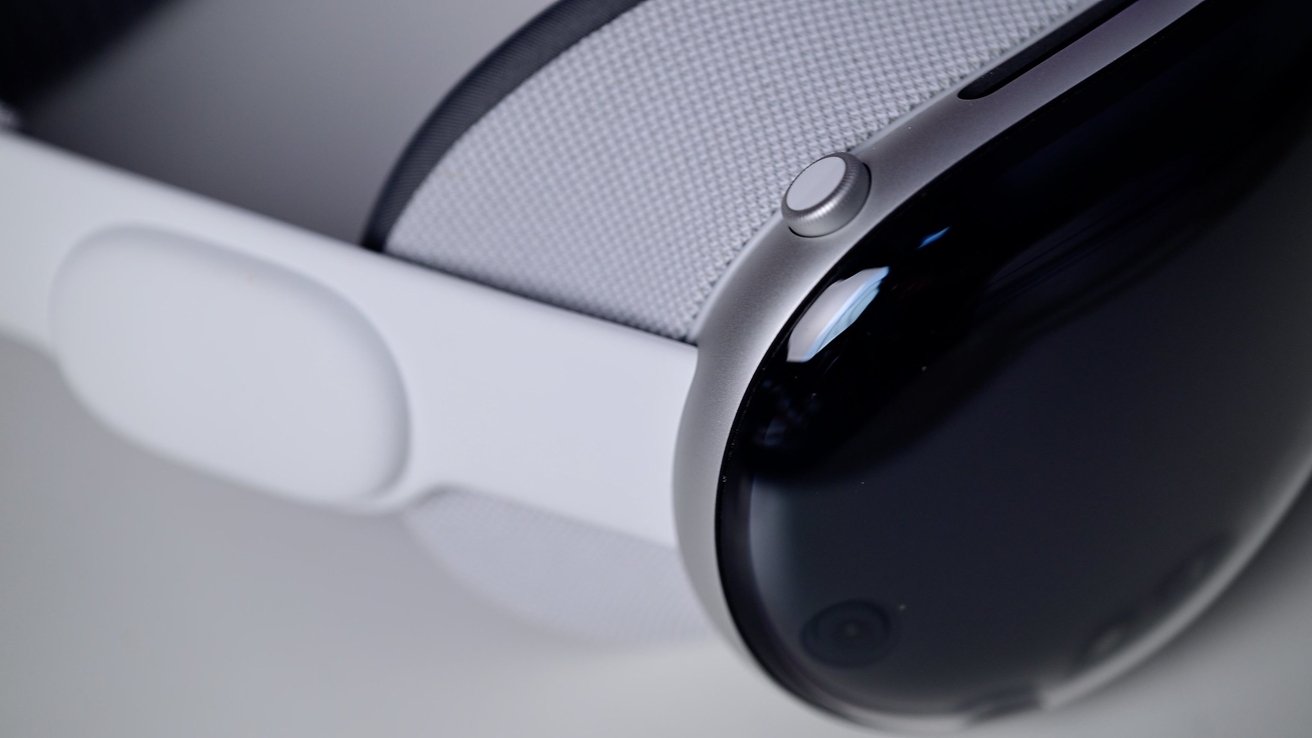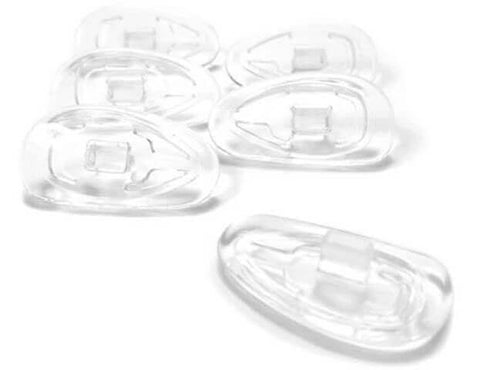Visibility can really be limited when driving in winter snow storms. One of the best things you can do is wear a pair of aviator-style sunglasses with tan lenses. Tan lenses are excellent for hazy or snowy conditions and help with...

Visibility can really be limited when driving in winter snow storms.
One of the best things you can do is wear a pair of aviator-style sunglasses with tan lenses. Tan lenses are excellent for hazy or snowy conditions and help with depth of perception.
Blowing snow can create a driving environment that makes it seem as though you are in a cloud. You are unable to see anything in any direction: forward or backward or side to side. It feels like being lost in the middle of nowhere.
Your pulse pounds as you forge ahead through the gray nothingness hoping to not hit anyone else, nor get hit from behind by someone else driving in winter snow storms.
White Out Conditions
This situation is typically known as "White Out" - you feel like you have been dropped into a white hole with few visual cues or reference points.
Driving in winter snow storms can lead to particularly bad situations.
For example, during the winter we see on television the chain reaction accidents closing down the highway. White-out visual conditions are one of the most dangerous driving in winter hazards and can lead to some unexpected results like hitting another vehicle, spinning into a ditch, losing sight of the road and even striking another vehicle.
3 Known Winter Weather Phenomena
There are 3 known weather phenomena associated with driving in winter snow that can affect the safety of any trip, and these relate to the ability of drivers to see their environment clearly and their ability to cope with challenges to their depth perception.
Those 3 driving in winter weather phenomena are:
Flat Light
Flat light is an optical illusion commonly known as sector or partial white out, a condition that can cause a driver to lose their depth of field and contrast vision capabilities. This danger is commonly accompanied by overcast sky conditions which inhibit good visual cues, and occur primarily while driving in winter snow-covered areas.
This condition can also occur in blowing dust conditions, over sand, mud flats, and water as well. Flat light can completely obscure terrain features which can make it impossible to judge distance and closure rates.
This reflected light can give drivers a lot of difficulty in seeing dangers ahead like stopped vehicles, road obstructions, curves, or other dangers.
No doubt you have seen a video on the late-night news showing multiple vehicle accidents during the winter, most caused by visibility problems.
A good pair of tan lens sunglasses can really help with both contrast and depth of field.
White Out
This situation occurs when the driver becomes engulfed in a uniform white glow which can occur when driving in winter snow storms, dust, sand, mud, or water. Because there are no shadows in this situation drivers can not see the horizon and all depth of field cues are lost. With no visual references, a white-out situation can be very dangerous for drivers, therefore driving in white-out conditions should be avoided.
Self Induced White Out

A Helicopter Accident Resulting From Self-Induced White Out
Self-induced white out is commonly associated with helicopter operations when arriving or departing a snow-covered area.
Rotor downwash picks up snow particles and recirculates them through the rotor system which can happen even on very bright days with good contrast and still result in a complete loss of visual cues.
If the helicopter pilot has not prepared for this immediate loss of visibility the results can be disastrous.
When All Visual References Are Lost
When all visual references are lost drivers should first and foremost trust their instincts and pull over to the side of the road followed by finding a way to exit the whiteout area and find outside visual cues.
Getting caught in a non-visual reference situation can be fatal when driving in winter.
Physical awareness may tell you that you are driving straight; however, you may actually find yourself rapidly approaching other unseen vehicles that may be going slower than you or completely stopped.
How To Lower Flat Light Risks
The Proper Sunglasses Can Help

Randolph Engineering Tan Lens Aviator Sunglasses
Most drivers only think about sunglasses for when they are driving in bright sunlight and strong UV ray conditions, but the proper sunglasses can help with dangerous lighting conditions in snow, fog, or low light conditions as well.
A good pair of sunglasses with tan lenses are excellent for conditions such as flat light, white out, self-induced white out, and haze or low visibility light conditions. Tan lenses will improve contrast and help with depth perception and therefore are a great choice for winter driving. You can find a great pair of sunglasses with tan lenses here: Randolph Sunglasses
Summary
When dealing with flat light or whiteout conditions during winter driving always remember that there are many factors to consider.
Your driving instinctive responses must be immediate and based upon a well-thought-out plan of action.
These unique visual conditions are insidious and sneak up on you without warning and at any time making the environment a real challenge to completing a safe trip.
Most important of all: STAY ALERT!
Please share "Driving In Winter" with your friends using the buttons below. Thanks!













